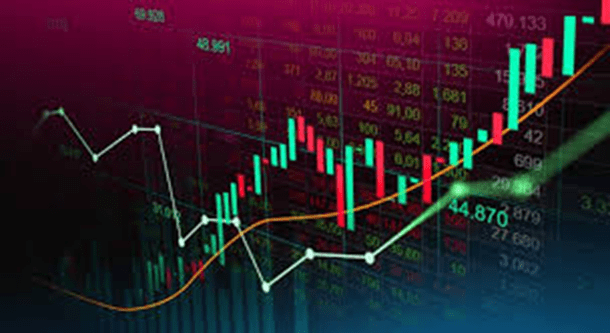- Forex Brokers
Best Brokers
- Guide
- Education
- Forex Software
- Tools
- News
- Forex Brokers
Best Brokers
- Guide
- Education
- Forex Software
- Tools
- News

Story Highlights
The foreign exchange market, a colossal dance floor where currencies waltz and tango 24/7, can be a dazzling spectacle for newcomers. Unlike the regimented routines of stock exchanges, forex thrives on a constant hum of activity across the globe. But amidst this seeming chaos lies a hidden order, a symphony of trading sessions that orchestrate the flow of trillions of dollars daily. Understanding these sessions, much like a conductor deciphering a complex score, is the key to navigating the ever-shifting currents of the forex market.
Over 50 currencies trade on the global stage, each playing a distinct role in the international financial opera. However, a select few truly dominate the performance. The Triennial Central Bank Survey, conducted by the Bank for International Settlements (BIS), unveils the star performers: the United Kingdom, the United States, Singapore, Hong Kong, and Japan. These financial powerhouses account for a staggering 78% of all forex trading, with the UK holding the lead role at a remarkable 38%.

The spotlight also shines brightly on a handful of leading currencies. The US dollar, the undisputed maestro, features in a whopping 88% of all trades, according to the BIS. It’s the ubiquitous greenback that sets the tempo for most transactions. The Euro, the Japanese Yen, and the Pound Sterling follow closely behind, their movements intricately linked to the economic performances of their respective regions.
The decentralized nature of forex allows the music to play around the clock, but the intensity of the performance varies depending on the time of day. The baton passes between four major trading sessions, each contributing its unique rhythm to the symphony:
Prelude: The Sydney Session (9:00 PM UTC to 6:00 AM UTC) – The Australian session opens the market with a gentle hum. Primarily focused on domestic participants, it sets the stage for the day’s activities.
First Movement: The Tokyo Session (11:00 PM UTC to 8:00 AM UTC) – As the sun rises over Asia, the tempo picks up with the Tokyo session taking center stage. Major economies like China and Japan join the performance, injecting a dose of dynamism into the market.
Crescendo: The London Session (7:00 AM UTC to 4:00 PM UTC) – The European session, anchored by London, is the heart of the forex opera. Overlapping with the tail-end of the Tokyo session, this period boasts the most captivating performance. Liquidity and volatility soar, attracting a global audience of seasoned traders.
Grand Finale: The New York Session (12:00 PM UTC to 9:00 PM UTC) – As the European session reaches its climax, the North American session, centered in New York, picks up the melody. The overlap between these two giants creates the most thrilling act of the forex opera, where liquidity surges and market movements accelerate.
India’s forex market plays a more subdued role in the global symphony. Compared to the global giants, it’s a niche ensemble, accounting for a mere 0.5% of global forex turnover, according to the BIS survey. While the world primarily relies on over-the-counter (OTC) trading, India incorporates exchange-traded derivatives (ETDs) for a significant portion (around 12.9%) of its rupee trade.
Unlike seasoned investors in other countries, retail investors in India face limitations due to the rupee’s partial convertibility. However, they can still participate in the forex market through exchange-traded currency derivatives offered on Indian stock exchanges. This allows them to experience the thrill of the forex opera, albeit with a distinct melody.
Understanding the rhythm of the forex trading hours, its trading sessions and the role of leading currencies empowers traders to become skilled conductors of their financial destinies. By aligning their trading strategies with the most active and liquid sessions, they can capitalize on market movements and navigate the ever-evolving forex landscape with greater precision. Whether it’s identifying opportunities during the Tokyo session’s dynamic rise or capitalizing on the heightened volatility of the London-New York overlap, knowledge is the key to orchestrating a successful forex trading performance.
The forex market may seem like a chaotic dance floor, but with a keen understanding of its underlying structure, traders can learn to navigate its complexities and emerge victorious. By internalizing the roles of leading currencies, the unique characteristics of each trading session, and the opportunities they present, traders can transform themselves from bewildered spectators to confident conductors, ready to lead their financial symphonies.